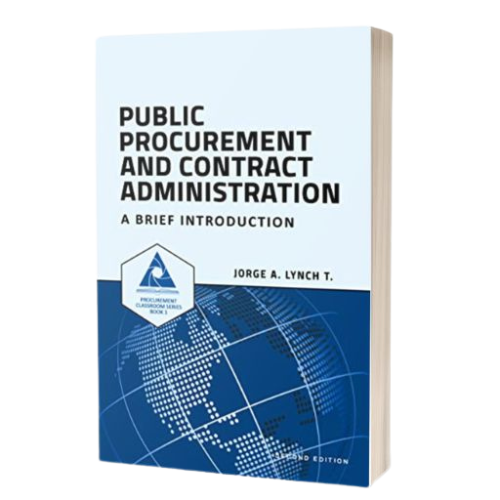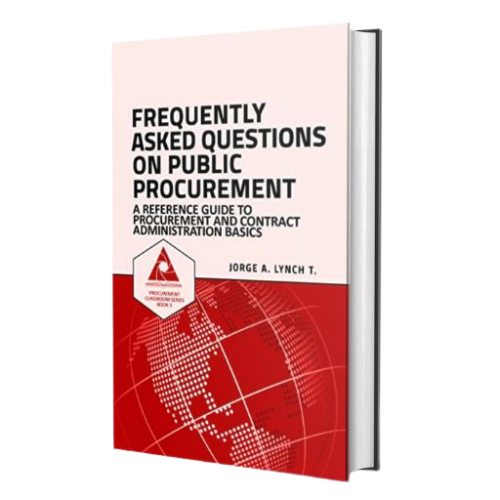The request for quotations is a procurement method that is used for small value procurements of readily available off-the-shelf goods, small value construction works, or small value services procurements.
This procurement method is also known as invitation to quote and shopping, and it does not require the preparation of tender documents to the same extent as open tendering, request for proposals or two-stage tendering.
The invitations are not complex, and this method is considered non-competitive because the procuring entity determines which contractors, suppliers or service providers to request quotations from as long as a minimum of three are invited.
This procurement method is used under conditions stipulated in the procurement legal and regulatory framework and, accordingly, can be requested in writing: email, fax, courier, but not telephonically. Sometimes there are limitations set on the period of time and frequency within which this method can be used for the procurement of similar goods, work or services. This is to prevent the procuring entity from splitting requirements in order for them to fall within the threshold level where the request for quotation method can be applied.
Quotations received in response to a request for quotation should be first evaluated to determine compliance with the technical specifications or scope of work of the requirement and also for compliance with administrative requirements of the request for quotations. Only after the administrative and technical compliance determination, a price comparison is made between firms found to be compliant, and then a purchase order is signed with the bidder submitting the lowest price quotation within the stipulated delivery or completion date.
What are the advantages and disadvantages of using request for quotations?
Advantages
• Procurement lead-time is significantly reduced given that there’s no need to prepare solicitation documents, or to advertise requirements. And the period for quotations submission is also equally reduced.
• The number of quotations received is limited to the number of bidders quotations were requested from, so the selection process time is also reduced.
• The procuring and/or requesting entities would usually have a pretty good idea of where and from whom the goods, services or works can be procured, so there’s a higher probability of response to the request for quotations.
.
Disadvantages
• Lends itself to irregularities because the procuring entity decides which suppliers, contractors or service providers to send request for quotations to, and competition is very limited cheska-lekarna.com.
• Could be abused as a result of the breaking of requirements into smaller sizes in order to apply this method of procurement.
• Could easily lead to requesting quotes from a limited number of firms even if the goods, services or works are available from a greater number.

